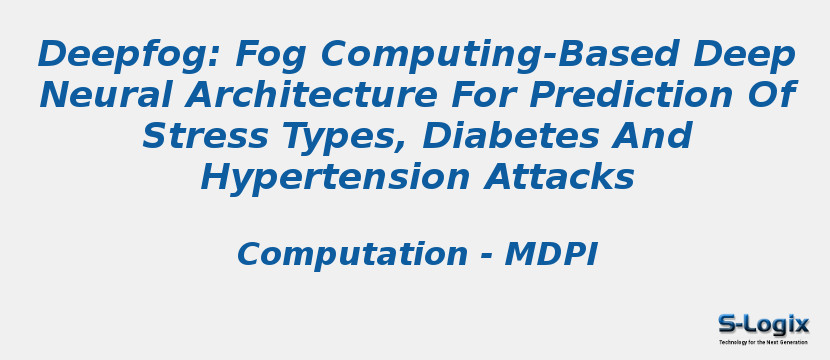Research Area: Internet of Things
The use of wearable and Internet-of-Things (IoT) for smart and affordable healthcare is trending. In traditional setups, the cloud backend receives the healthcare data and performs monitoring and prediction for diseases, diagnosis, and wellness prediction. Fog computing (FC) is a distributed computing paradigm that leverages low-power embedded processors in an intermediary node between the client layer and cloud layer. The diagnosis for wellness and fitness monitoring could be transferred to the fog layer from the cloud layer. Such a paradigm leads to a reduction in latency at an increased throughput. This paper processes a fog-based deep learning model, DeepFog that collects the data from individuals and predicts the wellness stats using a deep neural network model that can handle heterogeneous and multidimensional data. The three important abnormalities in wellness namely, (i) diabetes; (ii) hypertension attacks and (iii) stress type classification were chosen for experimental studies. We performed a detailed analysis of proposed models’ accuracy on standard datasets. The results validated the efficacy of the proposed system and architecture for accurate monitoring of these critical wellness and fitness criteria. We used standard datasets and open source software tools for our experiments.
Keywords:
Author(s) Name: Rojalina Priyadarshini,Rabindra Kumar Barik and Harishchandra Dubey
Journal name: Computation
Conferrence name:
Publisher name: MDPI
DOI: 10.3390/computation6040062
Volume Information: Volume 6, Issue 4
Paper Link: https://www.mdpi.com/2079-3197/6/4/62
